If you click on a link and make a purchase we may receive a small commission. Read our editorial policy.
10 folk horror flicks to set the Samhain vibes
Tis the spooky season to enjoy some folk horror classics

The phrase “folk horror” is one that comes with a certain feel attached to it: a suggestion that perhaps what you know as normal and natural is a gossamer veil between your perception of how the world, the earth, and faith work, and that the unknown could be lurking beneath your feet, in your walls, or in the utterance of a word.
While the terminology is relatively new, seemingly having been coined in the early 2000s by British director Piers Haggard in an interview with Fangoria about his own film The Blood on Satan’s Claw, the idea of this popular subgenre is one that has spanned film history.
From the silent film era with Häxan to Jordan Peele’s Candyman, the idea that there is an evitability to our demise in not be aware of the land, the old ways, or ourselves is one that never fails to remind us what Halloween is really about.
Below you’ll find an offering of folk horror ranging from traditional to contemporary and in hopes of bringing the Samhain/All Hallows/Halloween vibes to your watchlists no matter your preferred flavor of all-natural frights. Enjoy, and tread lightly.
Hagazussa: A Heathen’s Curse (2017)

Utilizing the Alpine setting of Austria to carry forth a disquieting tale of isolation, superstition, and psychosis, Hagazussa — much like Ryan Egger’s 2015 fellow folk horror resurgence banger The VVitch — taps into a sense of inevitability that only comes with a recognition and superstition of the old ways.
Split into four “chapters” (Shadows, Horn, Blood, and Fire, in case the incredible black metal vibes weren’t already through the roof), the movie centers itself around Albrun, a young girl growing up in the shadow of her mother’s ostracization from the local village and illness. Traumatized, alone, and tricked in very Carrie-esque ways by the local townsfolk as she ages and births a daughter of her own, we are left to watch Albrun become the very thing that the villagers accuse her of being through rage and pain.
With a run time that boasts a sparse script used in the right way, some worryingly effective sound design, and an ending that is deeply distressing, Hagazussa is here to offer witch vibes that you’ll need a moment to think about and recover from.
Eve’s Bayou (1997)

Southern gothic horror, bleak landscapes, a haunted protagonist, supernatural forces — to put it frankly, Eve’s Bayou has it all. Telling the story of the Batistes, a Black creole family in 1960s Louisiana who seem to have everything and exude the air of perfection, love, and light, Eve’s Bayou is a character study that unapologetically offers up a story steeped in trauma, the unearthing of truth, and the slippery power of memory that is only further served by a complex, graceful, and emotionally explosive cast.
And it’s not for nothing that this is a movie where, despite the history of stereotypes used throughout film and tv history, Voodoo is a powerful source of strength for those who practice it, and not in service of white faiths or superstitions.
Honestly, Eve’s Bayou is hauntingly beautiful and brings forth a melancholic take on Southern horror that is undeniably trailblazing and dramatic. And did I mention the monologues? Because you’ll never get a delivery on a full-fledged stage-worthy monologue like this anywhere else, I kid you not.
Pumpkinhead (1988)

Masquerading as what can best be described as “the hillbilly cousin of a xenomorph from Alien,” Pumpkinhead is a powerful and terrifying demon summoned forth by Ed Harley (Aliens’ Lance Henrickson), a heartbroken father seeking revenge on the teens responsible for the death of his son. The tie between Ed and the monstrous creature might be more than he bargained for, however, and it’ll take a fight to the death to make sure Pumpkinhead’s massacre can’t continue.
Even ignoring the fact that the movie boasts the best practical creature effects since The Thing or American Werewolf in London, there’s no denying the impressive feats of lighting and cinematography at play here either. Creeping fog! Spooky wind! Strobe lights! Candlelight! Witch cabin! When it comes to monster folklore and murder, what more could you really want?
Candyman (1992)

For all that folk horror often focuses on nature and “the old ways” as a throughline for discomfort and instability, the Bernard Rose-directed Candyman (based on the short story The Forbidden by Clive Barker, no less!) is a film that forces its way into the genre, not by nature, old gods, or cults, but through an environment rich in its own folklore and superstitions: the city.
When graduate student Helen Lyle chooses the housing projects of Cabrini Green in Chicago as her topic of research, she learns about Candyman, a local myth about a once-prestigious Black man beaten, tortured, and burned at what would later become Cabrini Green, who can be summoned by those who believe him a superstition and say his name five times.
In a very real way, Candyman acts as one of the most unique and socially relevant pieces of folk horror simply by addressing the elephant in the room: the idea that not all folklore involves whispering in the trees, but instead the whisperings of everyday people who dare not have faith in the history of our environment, no matter where that might be.
The Hills Have Eyes (1977)

Wes Craven will always be known as a cultural icon when it comes to making nightmares into something real, but that goes well beyond the ordinary neighborhoods in Woodsboro or on Elm Street, and into the desolate hills of the Mojave desert in this backwoods horror creep-fest.
When a car breaks down on a road trip, the suburban troupe of the Carter family find themselves squarely in the sights of a family of hillbilly cannibals who are more than excited not just for some fresh meat, but for the game of catching it, too.
For every time you’ve ever stopped at a gas station in the middle of the night on your own and just had that feeling that, hey, maybe this is the night you die, this film is ready to really dig into that idea that isolation breeds desperation, desperation breeds a unique need to live off the land, and that living off the land puts a big ol’ target right on your back.
The Blood on Satan’s Claw (1971)

One of the things that makes the concept of folk horror so immersive is that it’s a genre that asks us to reckon not only with concepts of faith, but in the inevitability of natural things directly working against what we have come to think of as comfort.
The Blood on Satan’s Claw (or “The Devil’s Skin,” to use its alternate title) — much like other folk horror films of the same era of 17th century England — draws on the fears of a deeply religious and small English community. When Satan’s remains are accidentally unearthed in a field, the children of the village begin to slowly become Devil worshippers. There’s a fantastic intersection of supernatural forces, the corruption of innocence, and the very literal idea of malevolence existing within the land itself, making this an absolute must for anyone diving into folk horror roots.
The Wailing (2016)

We try our best in any important relationship to keep our loved ones safe, and protect them from any force or person who may try to cause them harm. What The Wailing succeeds at so spectacularly, is preying upon that inherent and deeply empathetic desire… all the while making sure that ambiguity is in the driver’s seat.
What begins as a slapdash police procedural investigating a cluster of violent murders linked to a strange sickness within a rural Korean village quickly turns into a manhunt against a traveling vagrant who is rumored to be a demon with evil powers. With some comedy elements thrown into the mix and shamanism at the forefront, the film builds to an incredible fever pitch that is nothing short of a face-slap.
A Field in England (2013)

Viewers follow a ragtag group of men amid a battlefield in the English Civil War as they try to find a pub, only to be sidetracked by a stew made of not-so-magic mushrooms and get caught in a battle to unearth a hidden stash of gold.
In a feature for the British Film Institue’s Sight and Sound Magazine, beloved film critic Kim Newman rightly points out that one of the many joys of A Field in England is that, despite its marked lack of interior shots, there is a claustrophobia that makes one feel like they will bump their head on the sky. It’s this feeling, combined with the age-old British tradition of “Holy moley, nature and history are terrifying when paired together,” makes A Field in England an unsettling dive into the period where the line between paganism and puritanism was still being figured out. And frankly, for my money, you just can’t beat a movie that can make black and white look so psychedelic!
The Devils (1971)

You thought that just because I already wrote a list about horny horror that I wouldn’t be able to do my duty of preaching the word of Ken Russell, but joke’s on you! You’ve probably not had the pleasure of watching The Devils, and we gotta fix that.
Based on The Devils of Loudun, a nonfiction novel by Brave New World author Aldous Huxley, The Devils is about Father Grandier (Oliver Reed) in 17th century France, whose unorthodox approach to religion and sex has quit the vice grip over a group of nuns who begin to grow mad with desire; and none more than Sister Jeanna (an absolute masterclass in acting from the incomparable Vanessa Redgrave). It’s this same grip that aids in the plans of the local cardinal, who becomes hell-bent on the elimination of Grandier to gain political control in greater France, pinning Grandier as a satanist using the “possession” of the nuns.
Really tugging on the strings behind religious superstition as abuse of power, The Devils manages to be poignant, disturbing, and painfully erotic, and (unfortunately) thematically timeless. With the film having been banned and/or censored in many territories and still regarded as one of Hollywood’s most controversial films, it’s worth the hunt of tracking down.
The Wicker Man (1973)

Show me any discussion of folk horror, and I’ll show you a person who is ready to talk about the 1977 cornerstone The Wicker Man. Before there was Midsommer with its sunny display of countryside cults and horrifying traditions, the Wicker Man told us the story of a police detective arriving at Summerisle – an island just off of Scotland where crops have been failing and a young girl has gone missing. The residents refuse to believe she ever existed, there are preparations being made for a May day festival, and unique pagan traditions being carried out, but that isn’t about to stop the stuffy and relentless detective from finding out what has happened, building to a macabre conclusion that remains iconic for a reason.
Between the incredible soundtrack, a whirlwind role for British horror royalty Christopher Lee, and a sense of inevitable evil lurking under the beauty of nature and community, The Wicker Man stands the test of time as one of folk horror – and horror in general’s – most prolific and unsettling pieces. (Sure there was a remake with Nick Cage, but we try to forget that one, trust me.)
Halloween’s Jamie Lee Curtis recalls John Carpenter’s brilliant acting advice
Follow Popverse for upcoming event coverage and news
Find out how we conduct our review by reading our review policy
Let Popverse be your tour guide through the wilderness of pop culture
Sign in and let us help you find your new favorite thing.


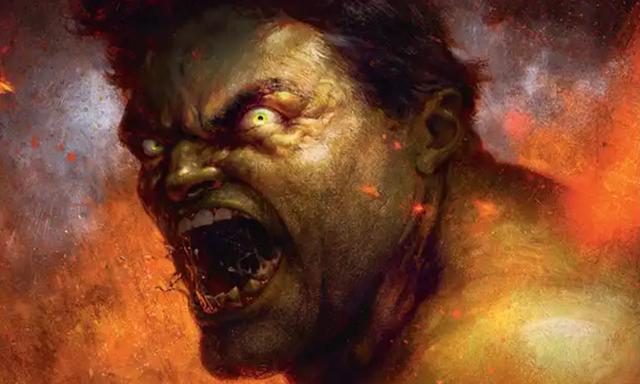
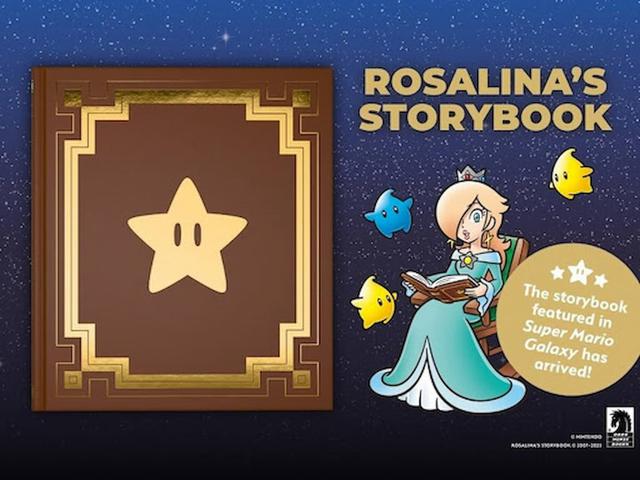

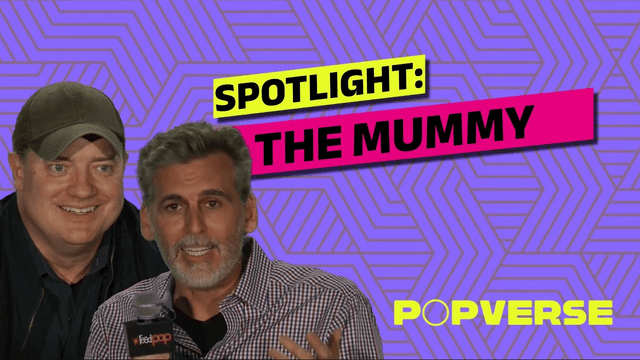
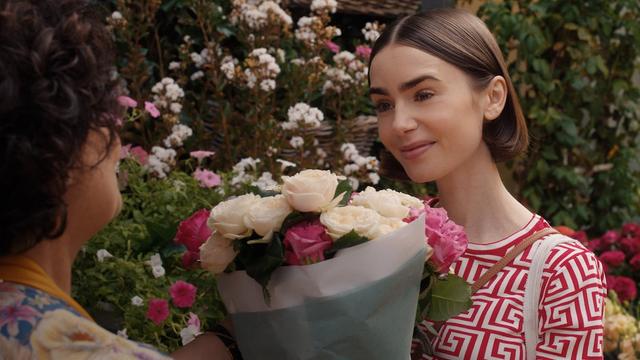
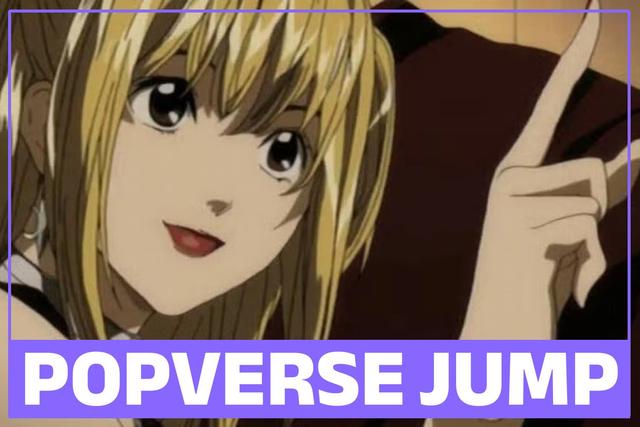
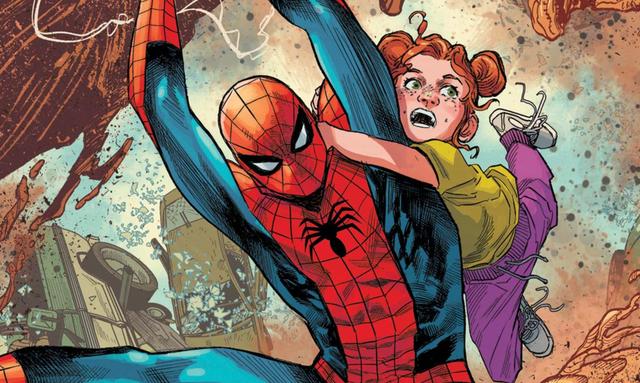







Comments
Want to join the discussion? Please activate your account first.
Visit Reedpop ID if you need to resend the confirmation email.